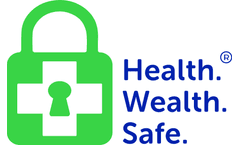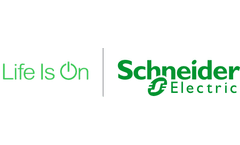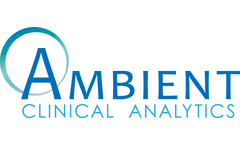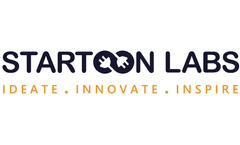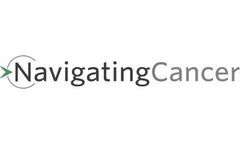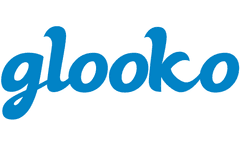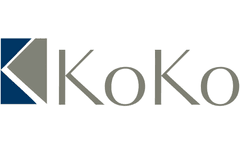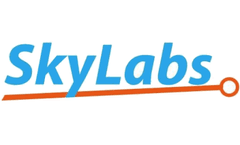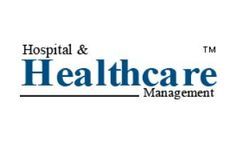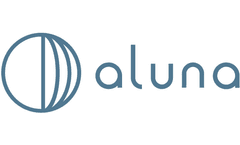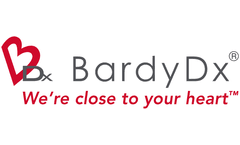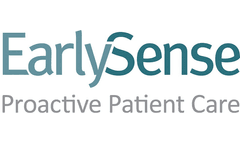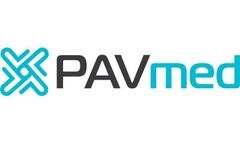Patient Remote Monitoring Articles & Analysis
17 articles found
The home healthcare market is experiencing rapid growth as patients seek more convenient, comfortable care outside of hospitals. Whether managing chronic conditions, receiving post-operative care, or utilizing wearable medical devices, patients and providers alike demand medical components that are safe, reliable, and effective in non-clinical settings. Fluoropolymer tubing—PTFE, PFA, and ...
Healthcare providers can remotely monitor and examine patient health data thanks to remote patient monitoring systems. ...
Good decision-making relies on good information. That’s why data collection is so important to businesses of all types. In healthcare, it can literally be a life-and-death concern. Currently, two data-related trends are delivering new levels of optimization in hospitals with the potential to vastly improve operations and safety: The convergence of information technology (IT) systems ...
Achieving only 70% or even 80% on CMS sepsis bundle compliance is indefensible and treating 50%, or less, of your septic patients appropriately is untenable. There are three keys to solving sepsis permanently. ...
It is a useful tool for real-time monitoring and tracking of a patient's recovery. It generates reports at the end of each session that can be shared with the patients. ...
Navigating Cancer in collaboration with Texas Oncology executes large-scale patient engagement study revealing high digital health solution engagement while demonstrating the opportunity to increase support for diverse patient populations. ...
This early monitoring also helps providers and patients schedule surgeries for the ideal time. ...
The new features provide healthcare providers and care teams supporting patients with diabetes and related chronic conditions the information needed to properly bill CPT codes for remote patient monitoring (RPM) activities. ...
The secured data can be made accessible to providers and patients. By harnessing this information, KoKo will be able to develop innovative respiratory health solutions that will advance remote patient monitoring and drastically improve chronic respiratory disease management. KoKo, LLC is a leader in pulmonary diagnostics and ...
ByKoKo PFT
HIMSS22 was filled with collaboration, especially about RPM. Here are five key takeaways from Team Glooko.#1: The key to achieving RPM success is ease of use. Ease of use is key when it comes to RPM success. There has been a proven sustained reduction in HbA1c with Glooko RPM for patients with type 2 diabetes, which shows how imperative it is to have an easy-to-use solution for both patients and ...
The traditional method of diagnosis of AF is checking the pulse, but longer-term continuous monitoring through smart devices is also proving increasingly effective at diagnosing the condition in patients. ...
BySky Labs
Smart technology has also penetrated the medical sector and is paving the way towards a new way to monitor patients. A typical smart device designed for the medical industry is capable of providing doctors and health practitioners critical data about their patients’ health. ...
BySky Labs
Private hospitals in South East Asia will dramatically expand the capabilities of their healthcare information systems over the next five years to support transformational changes such as value-based care initiatives and better care coordination, according to a survey by InterSystems, a global leader in information technology platforms for health, business and government. “Private ...
The Aluna spirometer is an effective tool for remote patient monitoring (RPM). There are many ways that you can use Aluna to better treat asthma patients. ...
ByAluna
“In the process of this study, we discovered that most patients discharged with the patch occurred outside clinic hours. The availability of the patch in the emergency department benefitted patients who would have otherwise been discharged without a cardiac ...
Yet adoption of those technologies — specifically, remote patient monitoring (RPM) and contact-free continuous monitoring (CFCM) — was far from universal, despite the extensively documented benefits of each. With its need for remote, less-intrusive care, COVID-19 has changed all of that. So, given ...
Here we review the current literature around remote patient monitoring in cancer care and propose the use of reliable devices for capturing and reporting patient symptoms and physiology. ...


